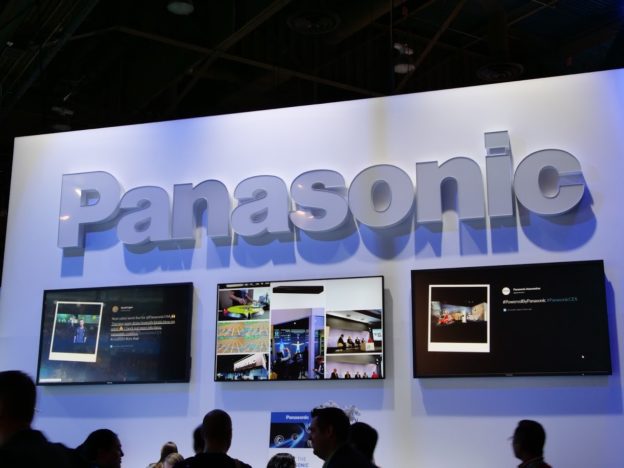
Panasonic Liquid Crystal Display (PLD) announced a plan to terminate LCD panel production by the end of 2021 and hold an auction of the production equipment in its 8.5th-generation (8.5G) plant located in Himeji, Hyogo Prefecture of Japan. The equipment comprises approximately 1,000 pieces of production machinery, with the number of auction items totaling 9,000, including apparatuses that can be used by non-semiconductor and non-LCD panel manufacturers.
As reported by Japanese media, PLD has added equipment of front-end process to the auction, including machines of color filter production, mid- and small-size panel assembly, module packaging, and analysis and testing, as well as cleanrooms. The 8.5G production line of PLD’s Himeji plant can produce 40,000–50,000 panels per month; the said equipment was initially used to manufacture LCD panels and then turned to produce advanced medical LCDs in 2016.
Amid fierce competition in the market, PLD outsourced the production of mid- and low-end TVs to TCL, the third largest TV manufacturer in China, so as to lower its business cost. Additionally, Panasonic Group has considered merging or downsizing its production bases in Japan and abroad; in the present fiscal year, for example, the company’s plants in India and Vietnam will suspend TV production.
News has revealed that Panasonic used to be a giant LCD business and has been one of the top Japanese companies with more than 100 years of history (others include Sony, Toshiba, and SHARP). However, facing changes in the display industry with increasing popularity of large-size panels and ultra-HD monitors, this ex-leader has been slow in transformation and stuck to the original LCD production. Consequently, the corporation continues to witness a decline in profits and is under huge pressure. Regarding the present auction plan, Panasonic officially revealed that because of fierce competition and changes in the entire market, the company has decided to stop LCD production despite its intention to invest in new product development.
News continued to say that the market share of Japanese display businesses is now lower than that of their Chinese and South Korean competitors, and have thus lost their competitive advantages. Moreover, Japanese companies fail to develop groundbreaking next-generation technologies, as the current leaders of Micro LED and OLED technologies are non-Japanese firms. Having been lagging behind others in all aspects, withdrawing from the display industry is a reasonable
(Source of the first image: Panasonic)












